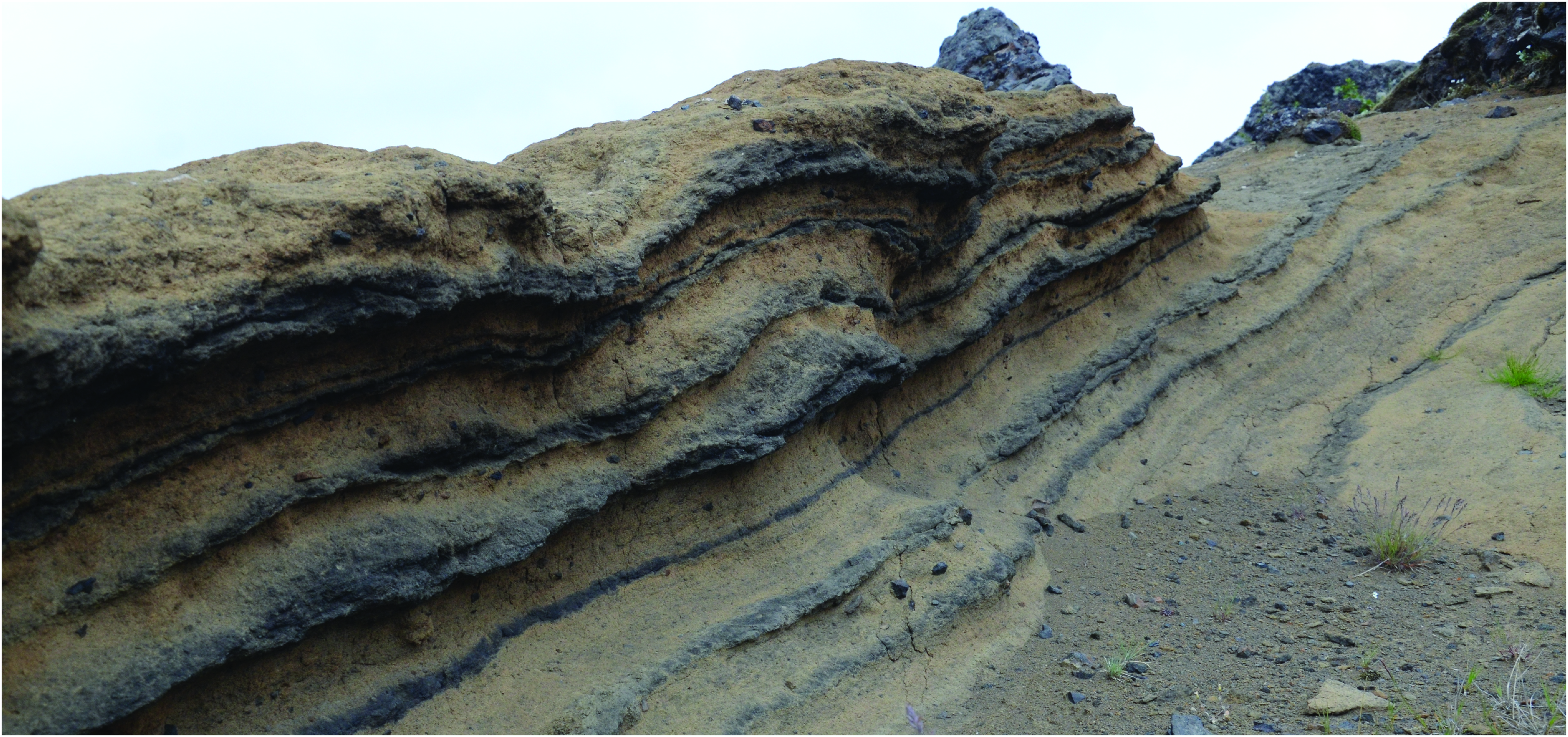Universitetsavisen
Nørregade 10
1165 København K
Tlf: 21 17 95 65 (man-fre kl. 9-15)
E-mail: uni-avis@adm.ku.dk
PhD thesis defense
PhD thesis defense — Mirek Groen, 4 OCT, Geological Museum
Date & Time:
Place:
Geological Museum Auditorium, Øster Voldgade 5-7, 1350 Kbh K
Hosted by:
Geology Section, Department of Geosciences and Natural Resource Management
Cost:
Free
Thesis title:
Tweaking of Earth’s geological timescales and concurrent mantle processes
Supervisor:
Professor Martin Bizzarro, IGN
Assessment Committee
Professor Frederic Moynier, Institut de Physique du Globe de Paris – France
Research Engineer Anne Trinquier, Laboratoire Cycles Géochimiques et Ressources, Brest – France
Professor James Connelly (chair), IGN
Summary:
The oldest rocks on Earth have ages of approximately 4 billion years and provide valuable information on mantle processes occurring during the early days of Earth’s history. By measuring tungsten isotopic ratios in these rocks, it is possible to distinguish mantle reservoirs and the timing of their formation. Two age groups of rocks from the Isua Supracrustal Belt (Greenland) seem to show that meteorite material was gradually mixed into the mantle source, but we show that tungsten is sensitive to younger metamorphic events disturbing the original signatures. Before drawing conclusions based on tungsten isotopes it should be noted that its composition can be altered by fluid-rock interaction. In the deeper part of the mantle, however, it is possible to preserve such isotopic signatures for the entire timespan of Earth’s history. Rocks derived from the core-mantle boundary brought to the surface by hotspots show not only that reservoirs can survive longer than 4 billion years, but also that the metal core is providing material to the mantle, observed in young volcanic rocks on Hawaii. Young volcanic rocks can also provide important age information constraining and improving geological timescales. Volcanoes can spread their ash over a large area during eruptions forming markers in ice cores and marine sediments. By connecting the widespread Z2 ash, which is found in many geological records on the northern hemisphere, to the Thórsmörk Ignimbrite on Iceland, it is possible to provide a high-precision age for the too fine-grained tephra layer in the ice cores. This improves the chronology used for climate reconstruction, which is fundamental to our understanding of the present-day climate and models for future change.
The thesis is available for inspection at the reception at Rolighedsvej 23
